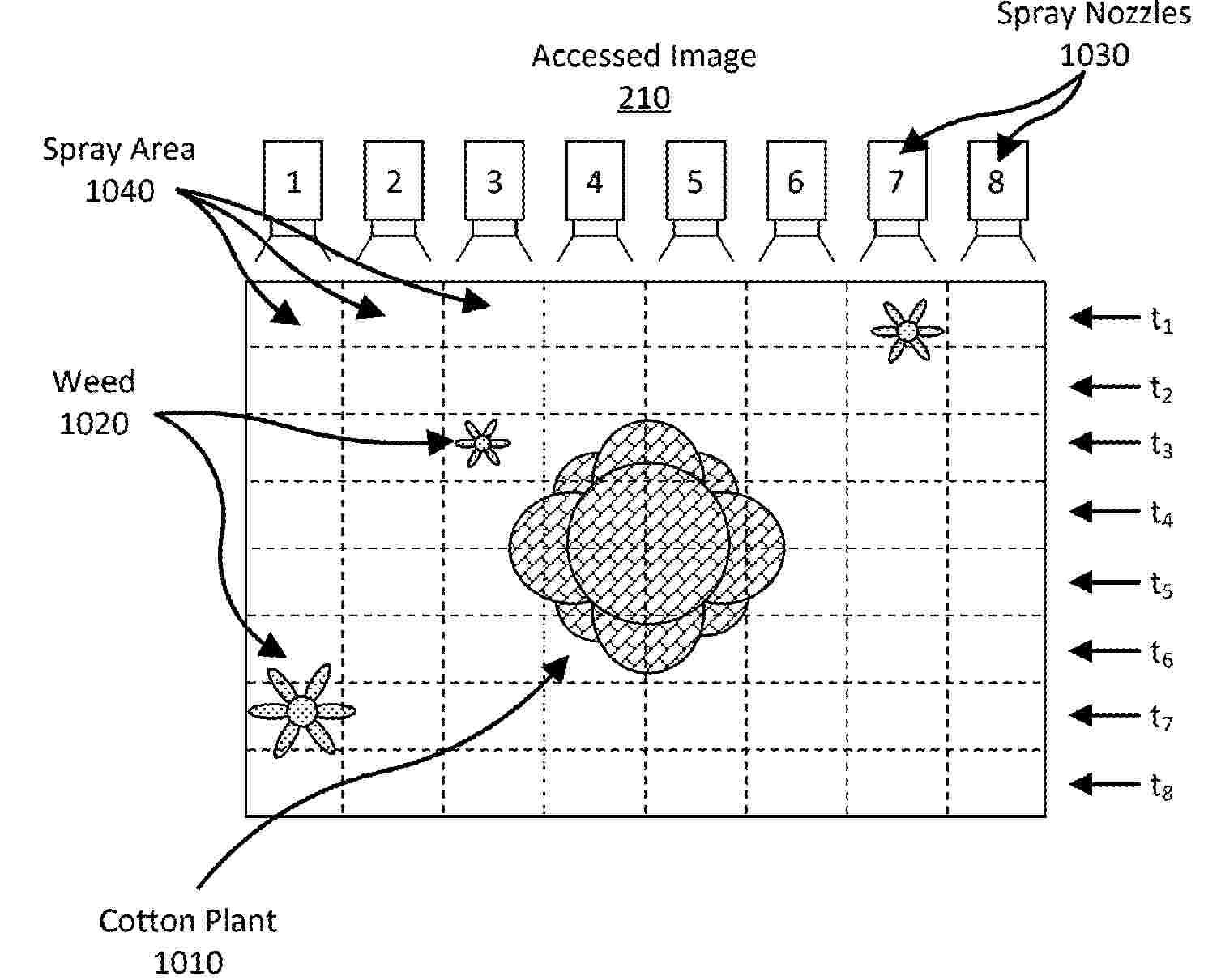Si deseas distinguir tus productos, servicios o ambos de los de otra empresa, es posible que necesites una marca o nombre comercial. Descubre qué son, en qué consiste su procedimiento de registro y qué implica.

Información sobre los plazos de presentación de solicitudes de transformación de marcas de la Unión Europea en marca nacional española. Más información
Si tienes un nuevo dispositivo, producto o procedimiento que resuelva un problema técnico o tenga una ventaja práctica, existen distintas formas de protegerlo en España y en otros países. Descubre cómo hacerlo.
¿Tu innovación reside en la estética, la ornamentación o la apariencia de tu producto? Protégela mediante un diseño industrial. Descubre qué derechos confiere el registro y cómo realizar la tramitación.
Las indicaciones geográficas protegen el nombre de un producto originario de una zona geográfica, a la cual le debe una determinada calidad, reputación u otra característica. Descubre qué son, en qué consiste su procedimiento de registro y qué beneficios conceden.
Las patentes publicadas en todo el mundo son una valiosa fuente de información científica, técnica y comercial.

La Oficina de Propiedad Intelectual de la Unión Europea (EUIPO) reabre los Bonos 1 (IP Scan y IP Scan Enforcement), 2 (Marcas y Diseños) y 3 (patentes) del SME Fund para pymes y emprendedores, que pueden solicitar las ayudas desde el 20 de octubre de 2025.

Si eres emprendedor/a o una empresa y quieres potenciar y mejorar la rentabilidad de tu negocio protegiendo de forma adecuada los activos intangibles de tu organización, en este espacio encontrarás lo necesario.
 26
resultados
26
resultados
 Última actualización
22/11/2025 [08:00:00]
Última actualización
22/11/2025 [08:00:00]
Nº publicación: US2025328760A1 23/10/2025
Solicitante:
DEERE & COMPANY [US]
Deere & Company

Resumen de: US2025328760A1
A farming machine including a number of treatment mechanisms treats plants according to a treatment plan as the farming machine moves through the field. The control system of the farming machine executes a plant identification model configured to identify plants in the field for treatment. The control system generates a treatment map identifying which treatment mechanisms to actuate to treat the plants in the field. To generate a treatment map, the farming machine captures an image of plants, processes the image to identify plants, and generates a treatment map. The plant identification model can be a convolutional neural network having an input layer, an identification layer, and an output layer. The input layer has the dimensionality of the image, the identification layer has a greatly reduced dimensionality, and the output layer has the dimensionality of the treatment mechanisms.









